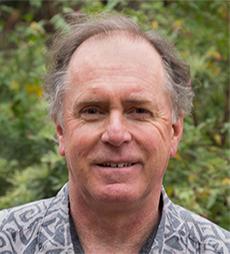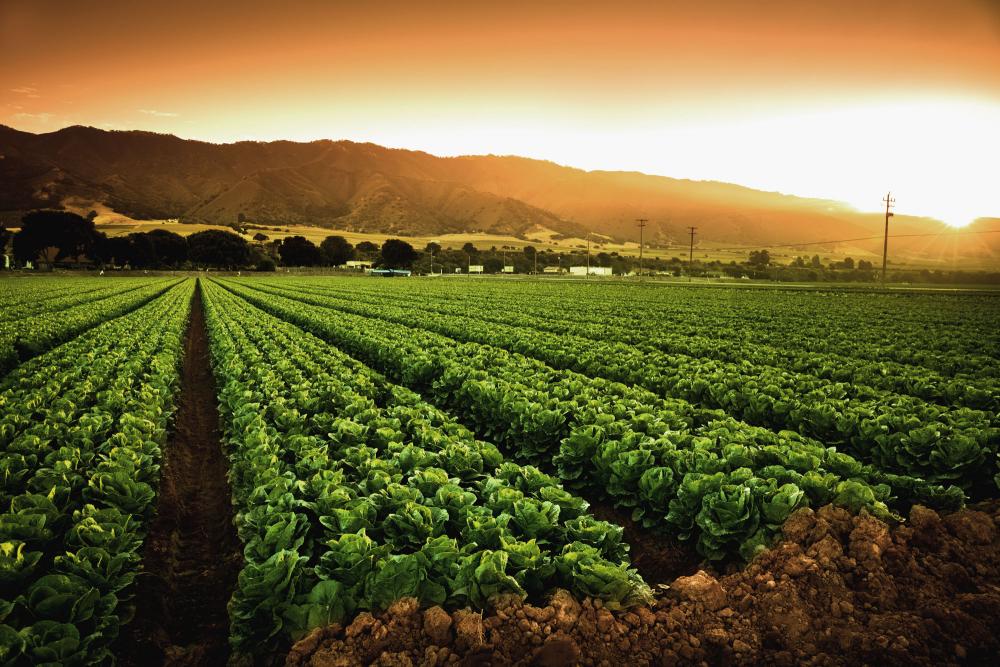4 min Read
Officially, Richard Michelmore is professor of plant sciences, molecular and cellular biology, and medical microbiology and immunology and director of the Genome Center at University of California Davis. But you could call him a lettuce and tomato guy. He says he found an “affinity” for studying what goes wrong with plants as an undergraduate biology major. That led to a career studying the classical and molecular genetics of disease resistance in plants, with an emphasis on the two popular salad ingredients.
We talked to Michelmore about his path to UC Davis, advances in DNA sequencing and why plant breeders can’t rest on their laurels.
[qaquote]
"... we've been able to characterize genetic variation with ever increasing granularity. It's been increasingly informative and much of my career has been deploying state-of-the-art analytical techniques to characterize genetic variation. What's great now in today's world is that with genome editing, we can do something about that genetic variation.
[/qaquote]
How did you get into plant breeding?
My father was a naturalist and when I went to college I became a biologist. Once there, I had to choose whether I wanted to be a zoologist or a plant person. Well, I chose the plant side because I didn’t want to be a vet and I didn’t like cutting things up. Through college, I really found an affinity for plant pathology and I was fortunate enough to be offered a PhD position at Cambridge, where I was. I started working on a group of diseases called downy mildews, in particular downy mildew of lettuce that I still study. Toward the end of that time, I really didn’t have an idea of what I was going to do next. But an Indian professor passed through the lab and I thought, “India — that’d be cool.” So I got a fellowship to go out and work on tropical downy mildews for nearly six months. When I was in India, I saw this job in California on lettuce genetics and pathology and I thought, “California — that’d be cool too.” So, I applied for it and the idea was I was going to come out here and I was going to surf. No one told me the water was cold out here, but they gave me the job and I’ve been happy to be here ever since.
How has science evolved over the course of your career?
When I started at UC Davis, you couldn’t transform plants. There was no DNA sequencing. When we were analyzing variation, we were working with starch gels and isozymes. We ran the first DNA Southerns before they were even called Southerns. Since then we’ve worked through every sort of molecular marker system; so we’ve been able to characterize genetic variation with ever-increasing granularity. It’s been increasingly informative and much of my career has been deploying state-of-the-art analytical techniques to characterize genetic variation. What’s great now in today’s world is that with genome editing, we can do something about that genetic variation.
What are the biggest challenges you see facing agriculture today?
The temperature is going up, water is getting more scarce, and consequently crops are moving. Crops are now being grown in Northern California that were in Southern California. Crops that were in Northern California are now being grown in Oregon. Things are moving up, but you have to have somewhere to go. What we need to be able to do is to get crops in each region to be more tolerant of high heat or high salinity or more efficiently use water because there isn’t so much to go around.
What’s the benefit of plant breeding innovation?
You’d obviously like to provide more food for less inputs. The other thing is the world is changing, so how do we even maintain the current yields in a changing environment? The two things obviously go hand in hand. Over the years, the increased yields in crops — particularly in corn, soybean, rice, and wheat — have been incredibly, incredibly impressive. There’s certainly been a major contribution from plant breeding and then, going along with that, there have been technical advances of harvesting, post harvests, and things like this, but the foundation has been the genetic improvement. With the changing environment, we can’t be passive — we can’t say okay, job done. With the global population increasing, we need to increase yield so we need to up the amount of food produced per acre. But then you’ve got this situation where we’re getting limited in water, nitrogen fertilizers are very expensive and challenging to produce, so what we need to be able to do is make crops more efficient.



